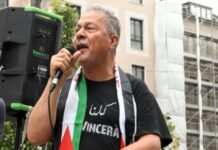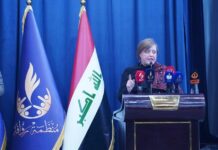The sixth day of the Ghassan Kanafani Brigade, the Samidoun delegation to Lebanon, began with a trip to Maroun al-Ras, on the border with occupied Palestine. The delegation traveled with members of the Global Campaign to Return to Palestine, an international campaign founded in 2013 headquartered in Lebanon to defend and promote Palestinian refugees’ inalienable right to return to their homeland. Samidoun, member organizations and allied groups, including Collectif Palestine Vaincra and Alkarama Palestinian Women’s Mobilization, have participated widely in many campaigns and actions of the Global Campaign over the years.
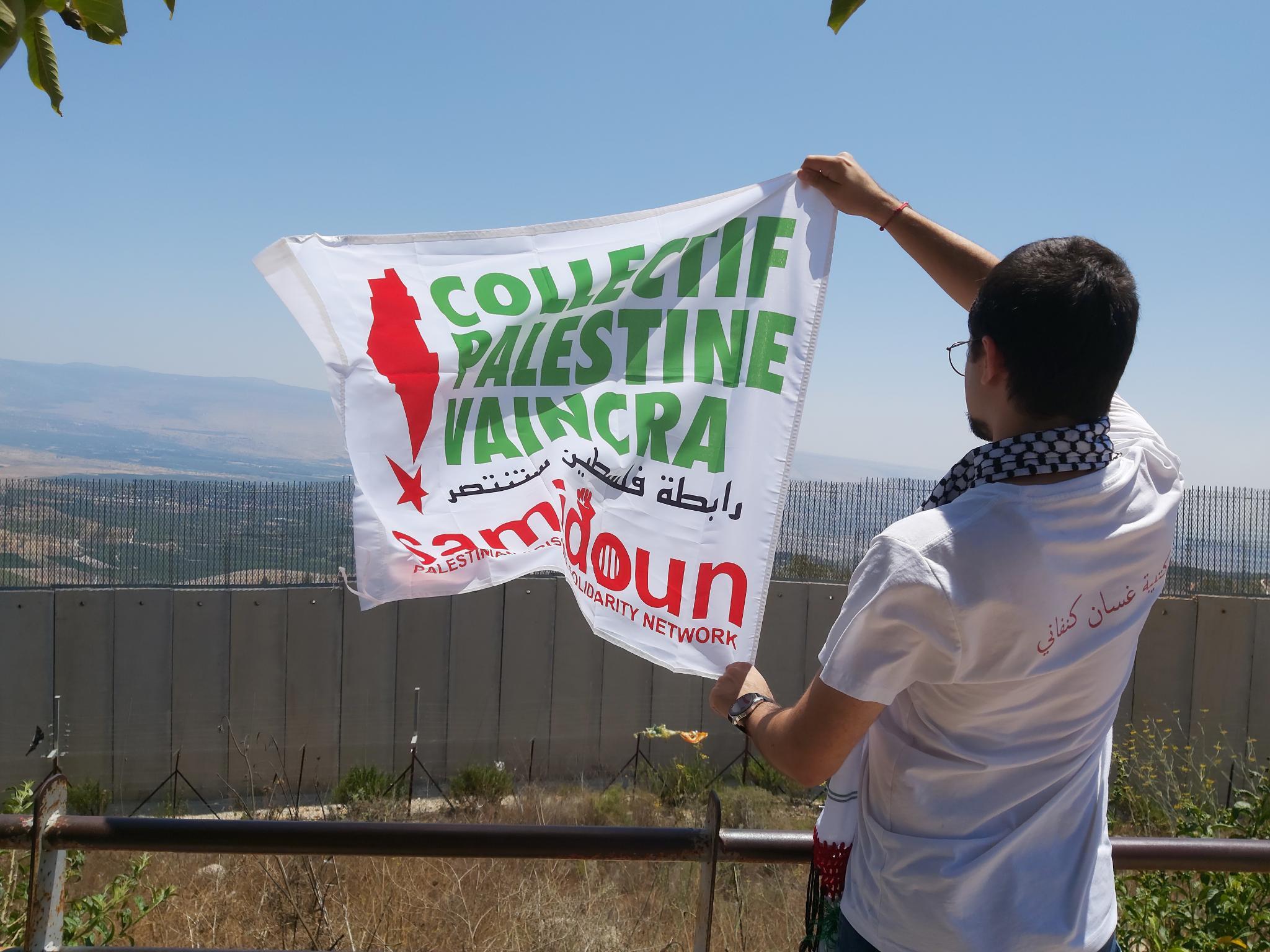
At Maroun al-Ras, the delegates overlooked occupied Palestine and the homes of the settlers. It was a powerfully emotional moment for the delegation, especially its Palestinian members displaced from their homeland and living in exile.
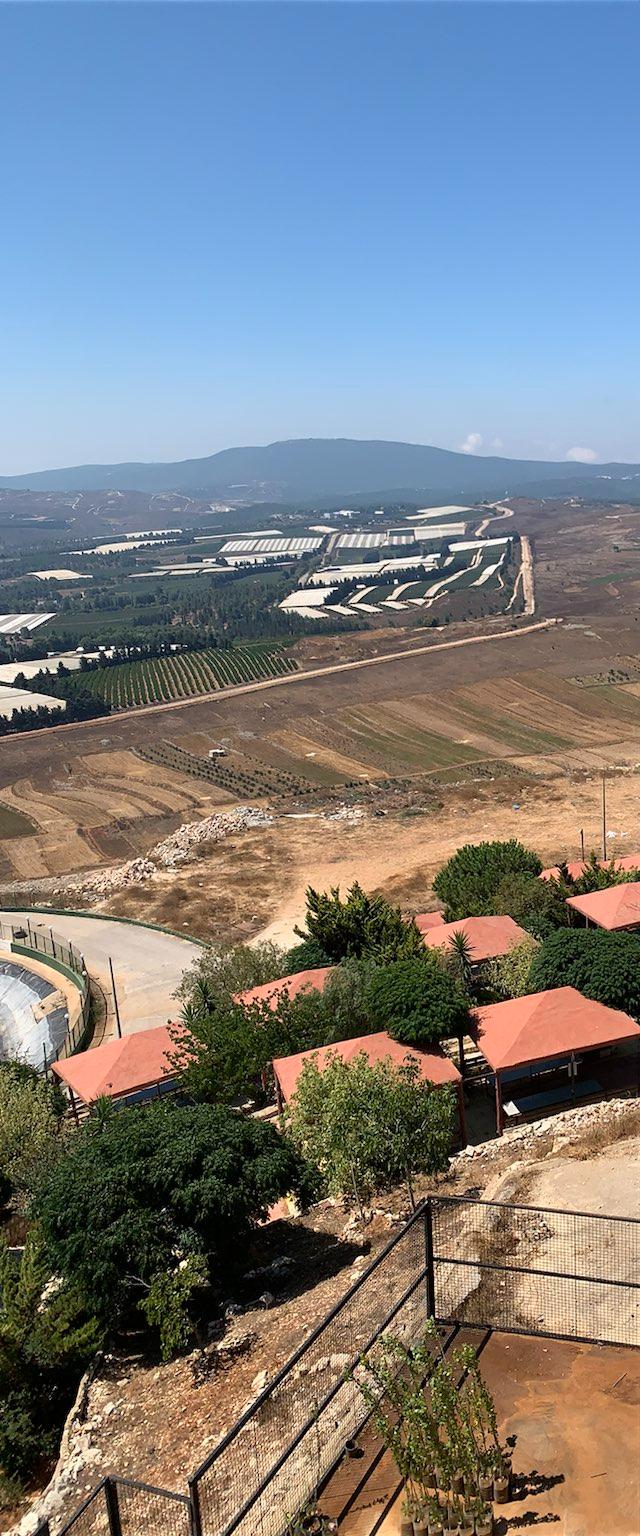
Next, the delegation traveled to visit the park in Adaisa village, dedicated to the families of the martyrs who were slain as they tried to return to Palestine, crossing the border. The Global Campaign to Return to Palestine plants a tree in the park for each of the martyrs, to honor their memory and pledge to continue to move forward towards return and liberation for Palestine.
The brigade then visited Khiam prison, the former detention center that has been converted into a museum to honor the prisoners of the Lebanese resistance jailed by the Israeli occupation. The Khiam prison was founded in 1933 by the French colonial mandate in Lebanon before being taken over by the Lebanese Army in 1943 to become a military base. After the Zionist invasion of the southern part of Lebanon in 1982, the prison was taken over by the “South Lebanon Army,” the proxy militia of collaborators with Israeli occupation.
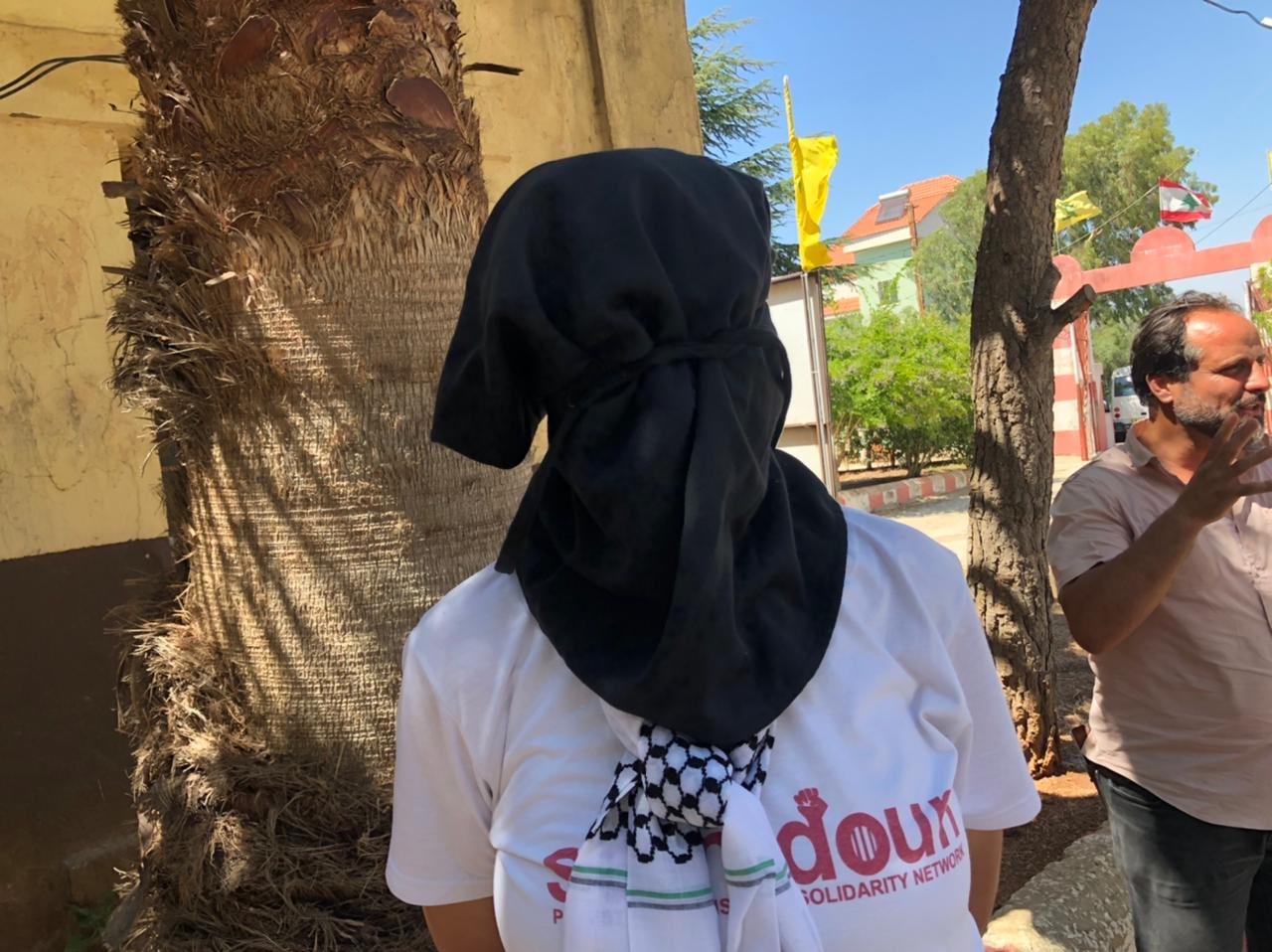
In 1985, Khiam was turned into a prison camp where thousands of Palestinians and Lebanese were detained and brutally tortured. Khiam became notorious internationally for the severe torture to which the detainees were subjected.

Following the liberation of the south of Lebanon in 2000, the torturers of the SLA followed their Israeli occupation sponsors into occupied Palestine, fleeing justice. The detention center was closed and converted to a museum.

In 2006, the majority of the Khiam prison was destroyed when the museum was targeted by the Israeli military for aerial bombing in their attack on Lebanon, destroying not only much of the prison but also evidence of Israeli crimes against humanity.
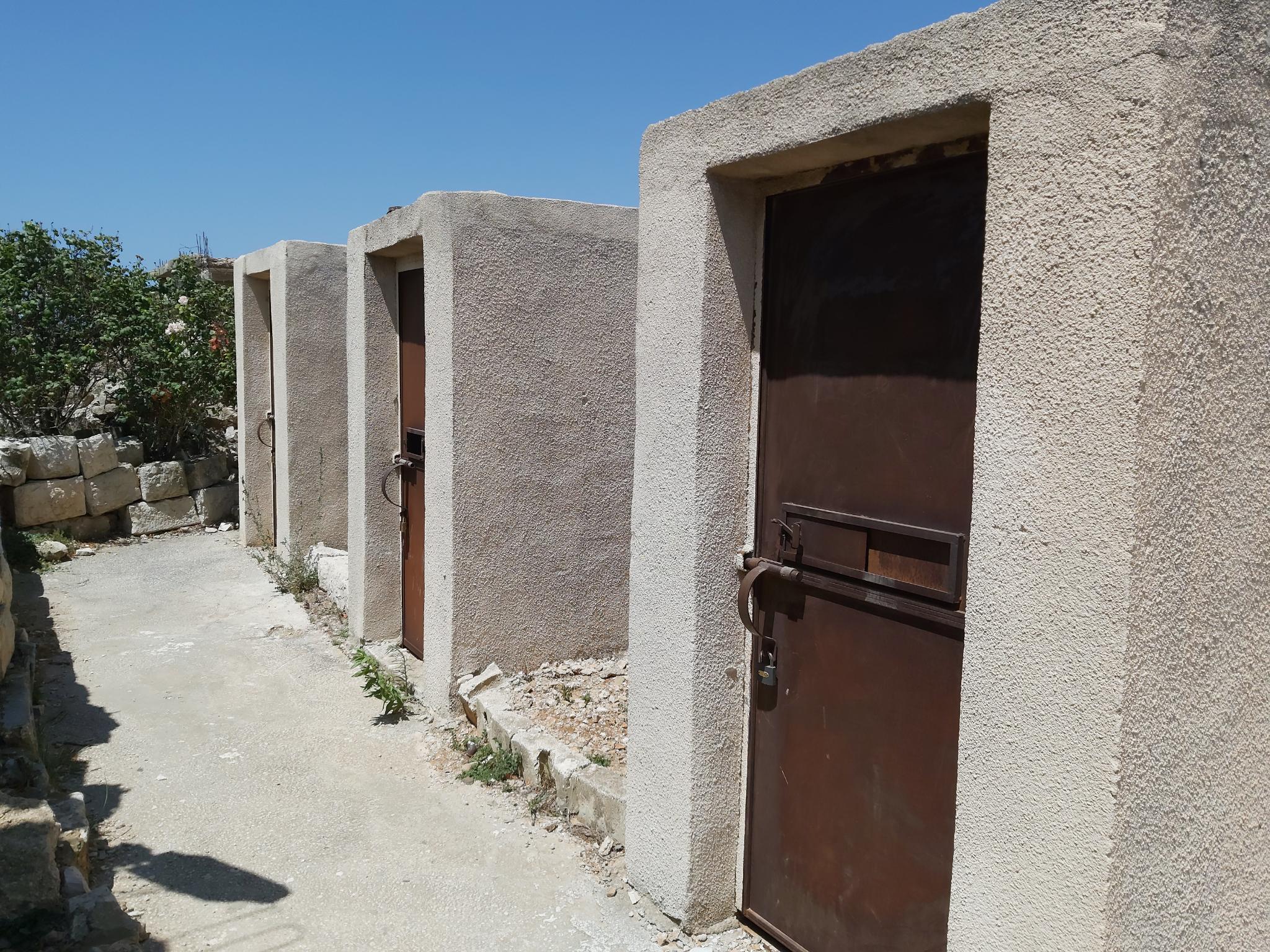
The remaining parts of Khiam prison have remained a museum, and prison cells and small metal cages used as a method of torture are still standing at the center.
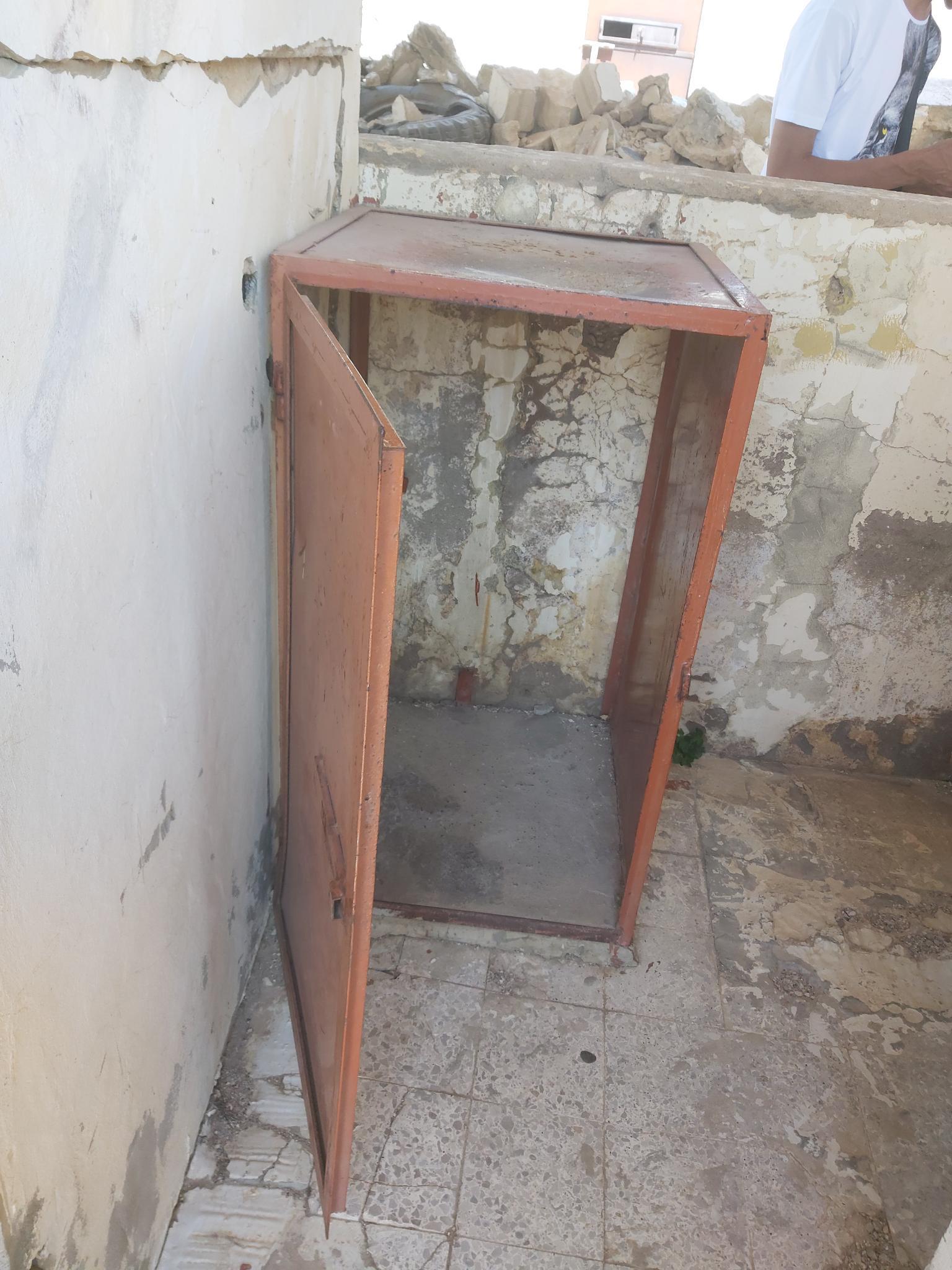 The delegation was led through Khiam by Abu Ali, a former detainee who spent four years held there under the SLA and the Israeli occupation.
The delegation was led through Khiam by Abu Ali, a former detainee who spent four years held there under the SLA and the Israeli occupation.
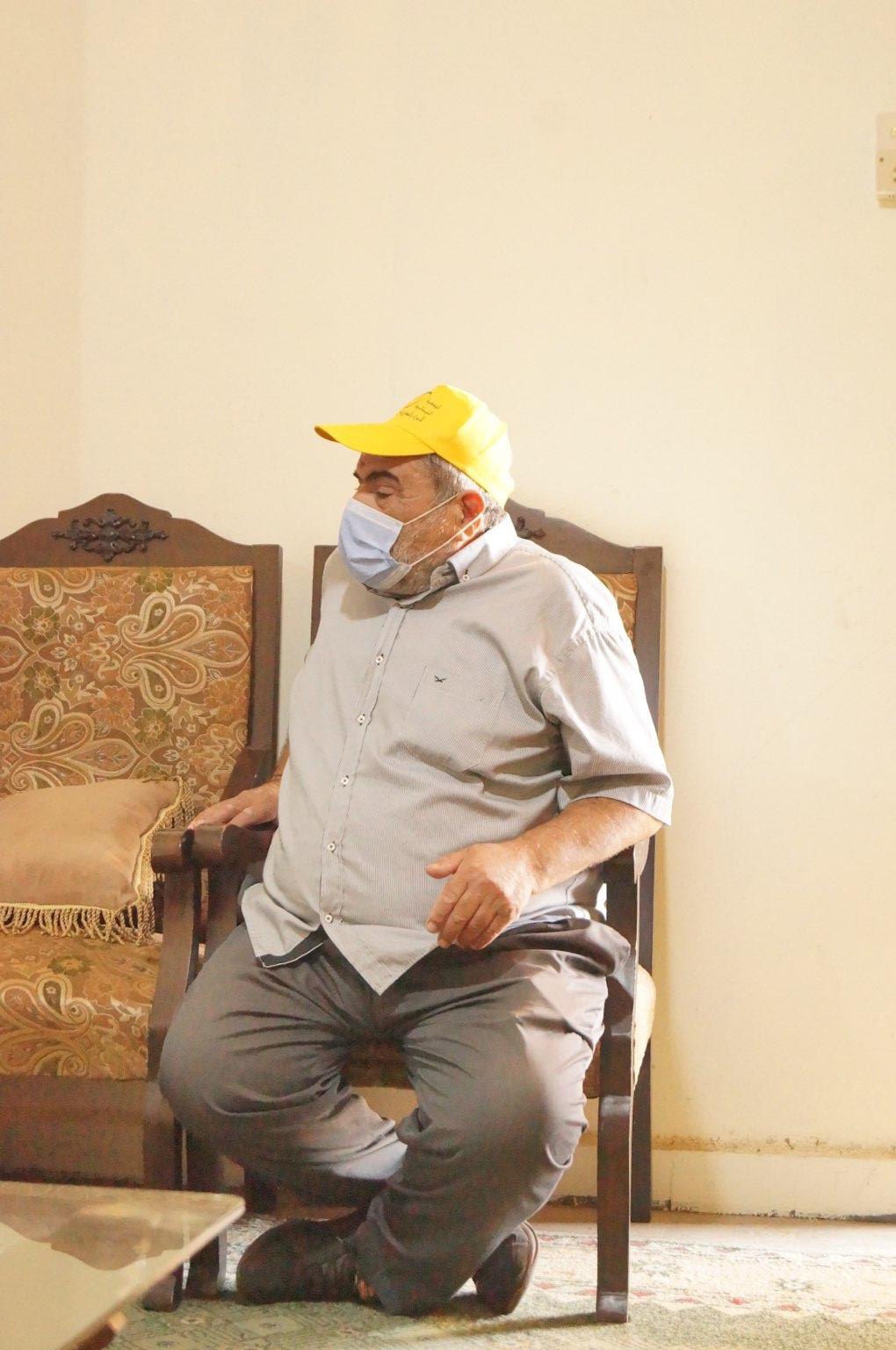
He spoke about his experience and those of his fellow detainees, and delegation members shared their work to liberate Palestinian and Arab prisoners from Zionist jails and their messages of solidarity.
The brigade ended the day with a tour of the Mleeta Resistance Landmark. This museum and center for resistance tourism was opened on 25 May 2010, the 10th anniversary of the liberation of southern Lebanon in 2000.
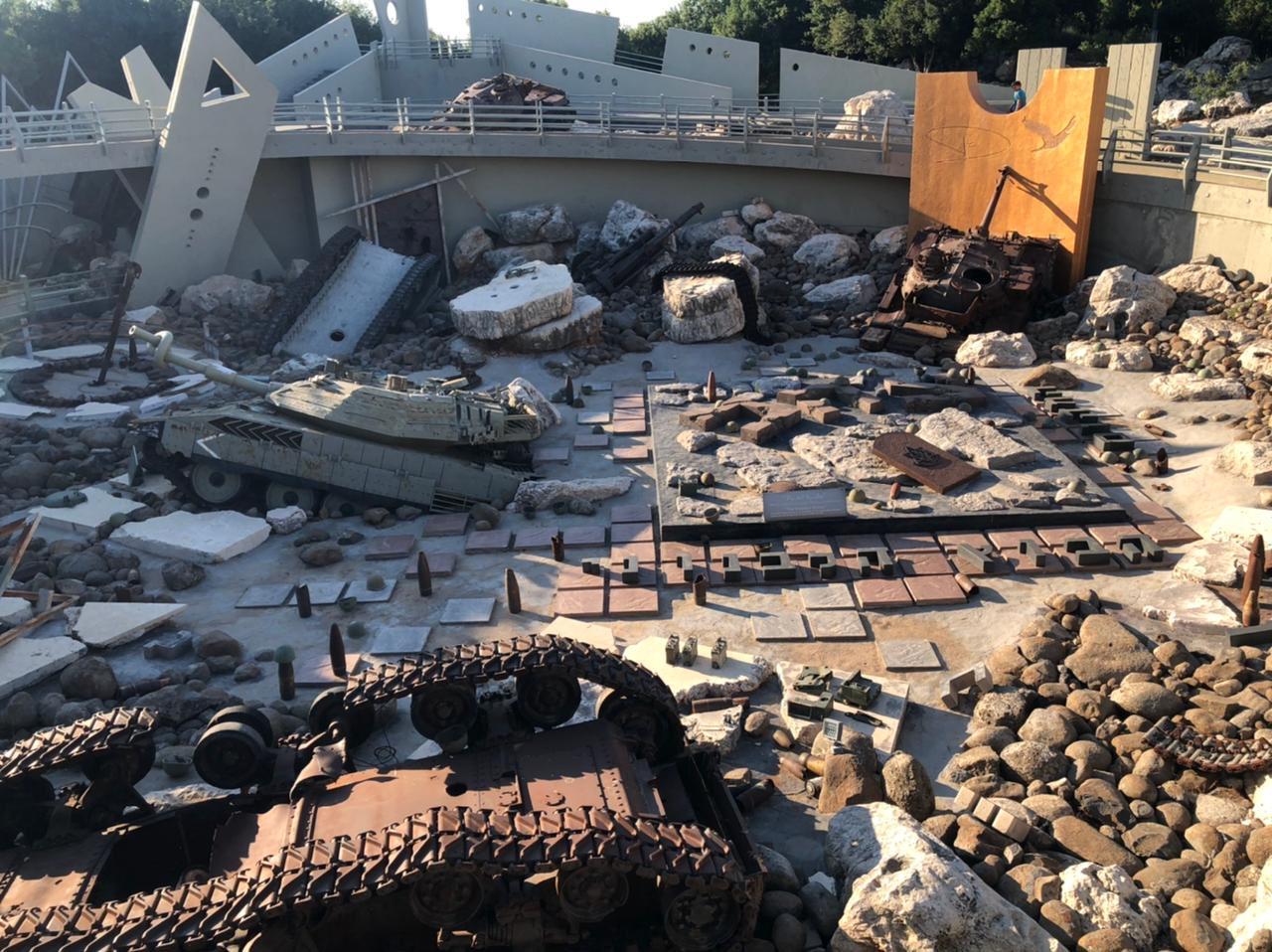
In Mleeta, delegates were shown the museum of resistance, including tanks, machinery and items left behind by the Israeli occupation army as well as commemorating the heroism of the resistance and the sacrifice of the martyrs to liberate the south of Lebanon.
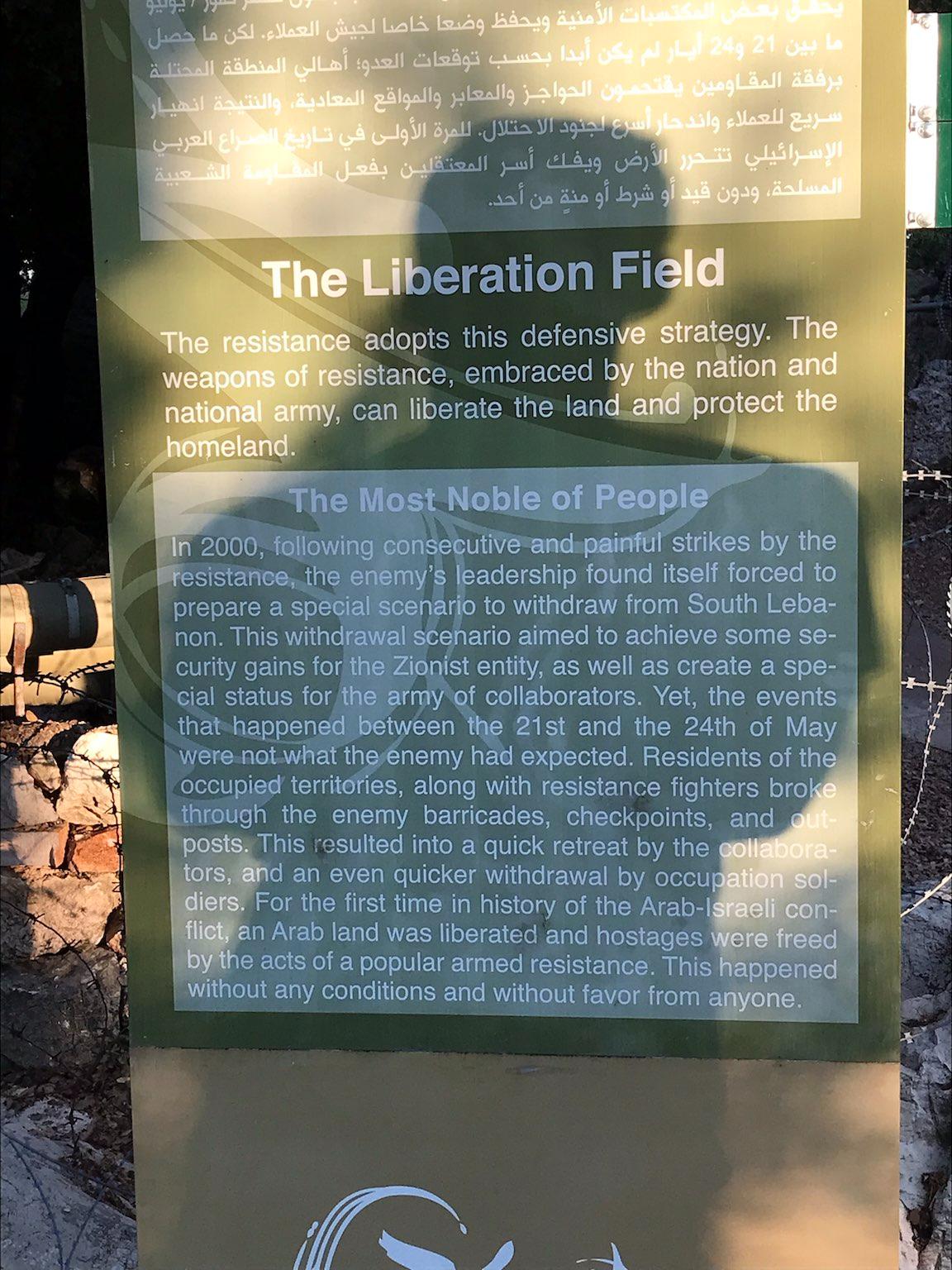
Discover more from Samidoun: Palestinian Prisoner Solidarity Network
Subscribe to get the latest posts sent to your email.

